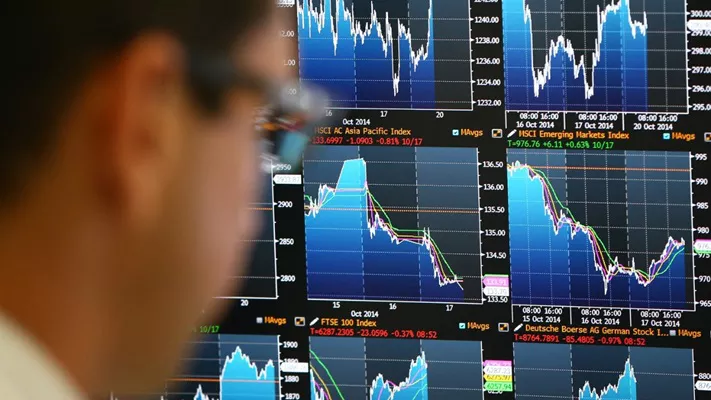Index funds have become a popular investment choice for both novice and seasoned investors due to their simplicity, low costs, and consistent performance. Understanding the return rate of index funds is crucial for making informed investment decisions. This article delves into the average return rates of index funds, factors influencing these returns, and how investors can leverage this information to build a robust investment portfolio.
Understanding Index Funds
Index funds are mutual funds or exchange-traded funds (ETFs) designed to replicate the performance of a specific market index, such as the S&P 500. By investing in an index fund, investors gain exposure to a broad spectrum of companies within that index, offering diversification and reducing individual stock risk.
For instance, the S&P 500 index comprises 500 of the largest publicly traded companies in the U.S., representing a significant portion of the market capitalization of the U.S. stock market. Investing in an index fund that tracks the S&P 500 allows investors to participate in the overall growth of the U.S. economy.
Historical Return Rates of Index Funds
Historically, index funds have delivered competitive returns compared to actively managed funds. The average annualized return of the S&P 500 index has been approximately 10.26% since its inception in 1957 through the end of 2023. This performance includes both price appreciation and dividends reinvested.
However, it’s important to note that past performance is not indicative of future results. Market conditions, economic cycles, and other factors can influence the returns of index funds. Therefore, while historical data provides valuable insights, investors should consider current market dynamics when making investment decisions.
Factors Influencing Index Fund Returns
Several factors can impact the return rates of index funds:
- Market Performance: The overall performance of the market index being tracked directly affects the returns of the index fund. Bull markets generally lead to higher returns, while bear markets can result in negative returns.
- Expense Ratios: The cost associated with managing an index fund, known as the expense ratio, can erode returns over time. Lower expense ratios are preferable as they leave more of the fund’s gains for the investor.
- Dividend Yields: Many index funds invest in companies that pay dividends. The reinvestment of these dividends can significantly enhance the total return of the fund.
- Inflation: Inflation can erode the purchasing power of returns. Therefore, real returns (adjusted for inflation) are a more accurate measure of investment performance.
Comparing Index Funds to Actively Managed Funds
Index funds are often compared to actively managed funds, where fund managers make decisions about how to allocate assets in order to outperform the market. While actively managed funds have the potential to deliver higher returns, they also come with higher fees and the risk of underperformance.
Studies have shown that over the long term, many actively managed funds fail to outperform their benchmark indices after accounting for fees. This has led to a growing preference for index funds among investors seeking cost-effective and reliable investment options.
Strategies for Maximizing Returns with Index Funds
To optimize returns when investing in index funds, consider the following strategies:
- Long-Term Investment Horizon: Holding index funds over a long period allows investors to ride out market volatility and benefit from the power of compounding.
- Diversification: While index funds offer built-in diversification, investors can further diversify by investing in funds that track different indices or asset classes.
- Regular Contributions: Consistently investing a fixed amount, regardless of market conditions, can reduce the average cost per share and mitigate the impact of market fluctuations.
- Reinvestment of Dividends: Reinvesting dividends can accelerate the growth of the investment, as the reinvested dividends generate additional returns.
Risks Associated with Index Fund Investments
While index funds are considered less risky than individual stocks, they are not without risks:
- Market Risk: The value of index funds can decline during market downturns, leading to potential losses for investors.
- Tracking Error: Occasionally, an index fund may not perfectly replicate the performance of its benchmark index due to factors like fees, liquidity, and sampling methods.
- Sector Concentration: Some indices may be heavily weighted towards specific sectors, exposing investors to sector-specific risks.
Conclusion
Index funds offer a straightforward and effective way for investors to achieve market returns with lower costs and reduced risk compared to actively managed funds. By understanding the factors that influence index fund returns and implementing sound investment strategies, investors can build a portfolio that aligns with their financial goals.
For beginners looking to explore the fund market for beginners, index funds provide an accessible entry point into the world of investing. Remember, while index funds are a valuable component of a diversified investment strategy, it’s essential to consider your individual financial situation and objectives when making investment decisions.
Related topics:


